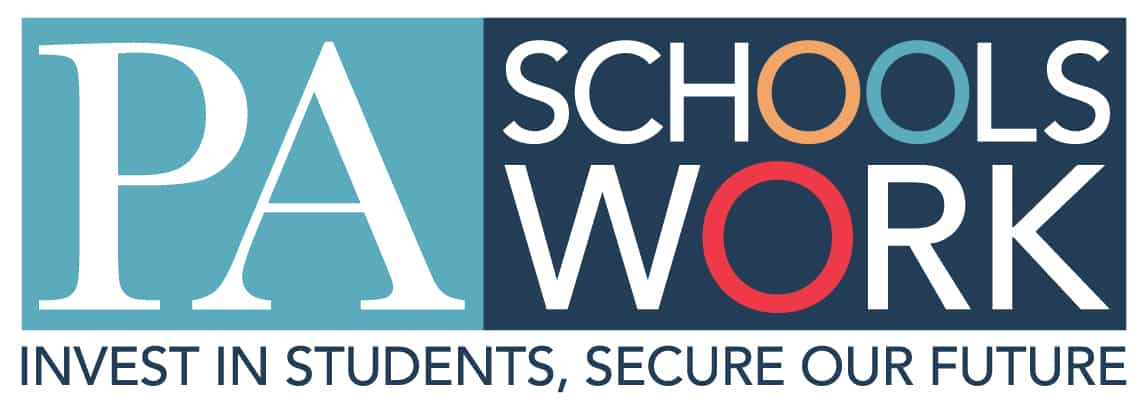BASIC EDUCATION
Research shows that education funding has a positive impact on student achievement and returns dividends for our economy. One study found that increases in K-12 education funding resulted in improved high school graduation rates and future wages and long-term declines in poverty. The study estimated a $3 benefit for every $1 invested.
- Pennsylvania has the widest funding gap between wealthy and poor school districts of any state in the country, with the wealthiest school districts spending 33% more on each student than the poorest districts.
- Most Pennsylvania public schools are inadequately funded. PA ranks 45thin state share for education. As a result, four of every five of the state’s school districts, serving 1.4 million students, are not getting their fair state share. Nearly half of school districts are spending below the amount needed to educate students. That underspending is a direct result of inadequate state support.
- That means lost opportunities for students to participate in valuable science, technology, and math programs; receive enough personal attention from their teachers due to growing class sizes; get extra help when they need it; have access to up-to-date books and technology; or participate in vocational training and extracurricular activities.
What Must Be Done
The state must fund public education equitably and adequately so that all Pennsylvania students, regardless of race, ethnicity, ability, family income or the community where they live, can attend public schools that will ensure they graduate with the 21st-century skills necessary for success in college or a career.
To achieve PA Schools Work’s mission that Basic Education Funding meets the purpose and intent of the current funding formula, the state must pay its fair share of public education costs by:
-
Increasing basic education funding to close the state’s more than $4 billion adequacy gap
-
Ensuring sufficient resources for special education and career and technical education
-
Delivering targeted property tax relief to those who need it
-
Generating the necessary revenues through sustainable, recurring funding sources
